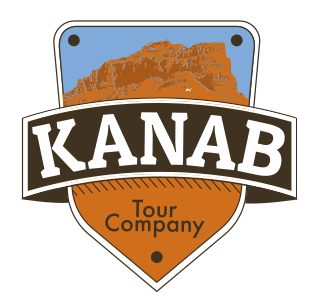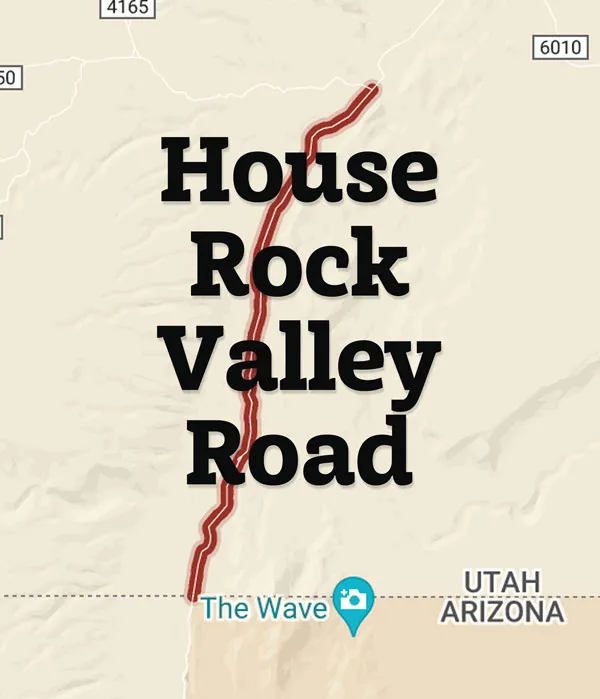What is House Rock Valley Road: Info, Details, Tips, Part Two
(< this is continued from What is House Rock Valley Road: Info, Details, Tips, Part One)
So what is it about HRVR that strikes fear in would-be do-it-yourselfers? Initially the road appears to have a gravel surface. Nothing overly menacing about that. On a dry or frozen day (yes it freezes in Utah and Arizona) the road is as hard as concrete. Most vehicles can navigate concrete without a problem. BUT… here’s the kicker – if any moisture is added to that hardpack, HRVR becomes a slippery, sucking, slimy mess because is it made of clay.
Have you ever had a mud mask facial? Or been to a fancy spa and soaked in a warm mud bath? Or have you heard of detox protocols that mix a very fine clay powder with water to make a drink that binds to internal toxins as it moves through your digestive system and literally cleans you out? Clay is useful for its exceptionally smooth and slippery consistency and unmatched extractive properties. It dries with a very strong shell and given time becomes as hard as rock. This is what you’re driving on when driving House Rock Valley Road.
While typically the road is relatively passable when it is dry (or frozen). Any ruts made while the road is soft or semi-soft then dry and become hard and are often more than a foot deep. Your typical AWD, minivan and convertible aren’t capable of clearing the depth of those ruts. 4WD is great but doesn’t do you much good if your rig isn’t lifted. The sharp edges of the ruts wreak havoc on tires and undercarriage. A flat tire out there can definitely ruin your day.
In contrast, when the clay road is wet from rain, snow, flash flood or a thaw, an incredibly slippery surface is created. It’s dangerously unpredictable. Throw in a sheer drop off on one or both sides of the road and you learn to respect road conditions real quick. You can’t stop, you can’t turn, you can’t get out of the way. If you get stuck (which is infinitely better than going over the edge), you can wait for the clay to dry or freeze and hope that gives you enough grip to get going again. Clay is known for retaining moisture for days, especially in the summer storm season. Freezing typically only happens overnight in the winter months. Waiting it out could take more than a while.
Flashflooding is a serious factor out on HRVR. On a dry day, you hardly notice the dips in the road that just seem like harmless undulations in the topography. On a day with any precipitation (near or far), those dips can turn into angry rushing rivers with banks of jelly mud and quicksand. The depth is indeterminate and the water is opaque. You don’t know if boulders, uprooted trees, cattle or another vehicle are getting tossed about under the surface. When a river is crossing the road, don’t cross the river. You can wait it out and sometimes you don’t have any other options. Keep in mind, even though the water may have abated, the muck and debris left behind will be a slippery, slimy mess for quite some time.
Check the weather before you go and respect the conditions that pop up. Talk to the local field offices and field officers and take to heart the information they share with you. The local guide companies in Kanab are out there every day and can provide up to the minute updates on conditions as well. While HRVR may appear unassuming and harmless, I hope this has helped you understand why navigating it does indeed require a 4WD and high clearance vehicle and a keen awareness of weather and road conditions.
Just because you have the right vehicle doesn’t mean it is right for you to go. Going with a guide, when the time is right, is a lot less expensive than paying for a tow, vehicle repairs or losing out on any number of your vacation days getting stuck and waiting it out and probably still paying for a tow and those repairs.
Most of the roads leading off of HRVR going out to White Pocket, Coyote Buttes South and several others require 4WD and high clearance for the deep sand that is out on those routes. Being prepared for driving in the sand will be another blog post entirely.
Video of House Rock Valley Road ( in good conditions )



